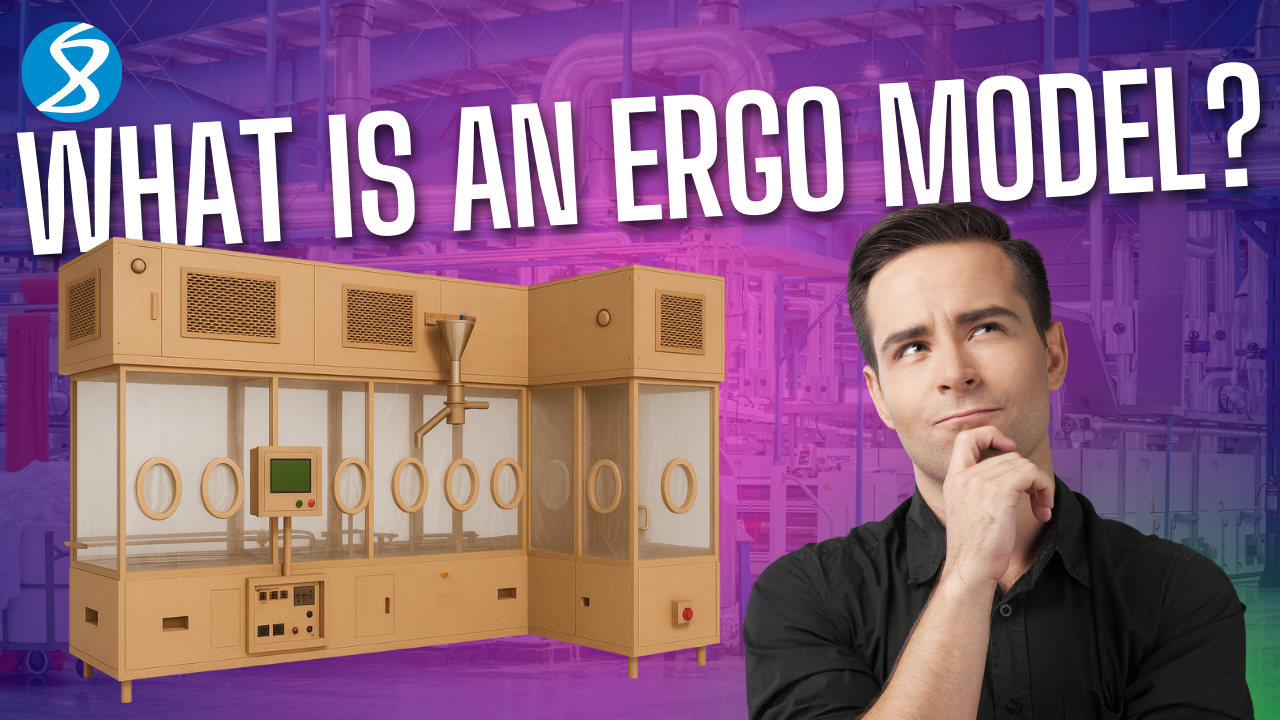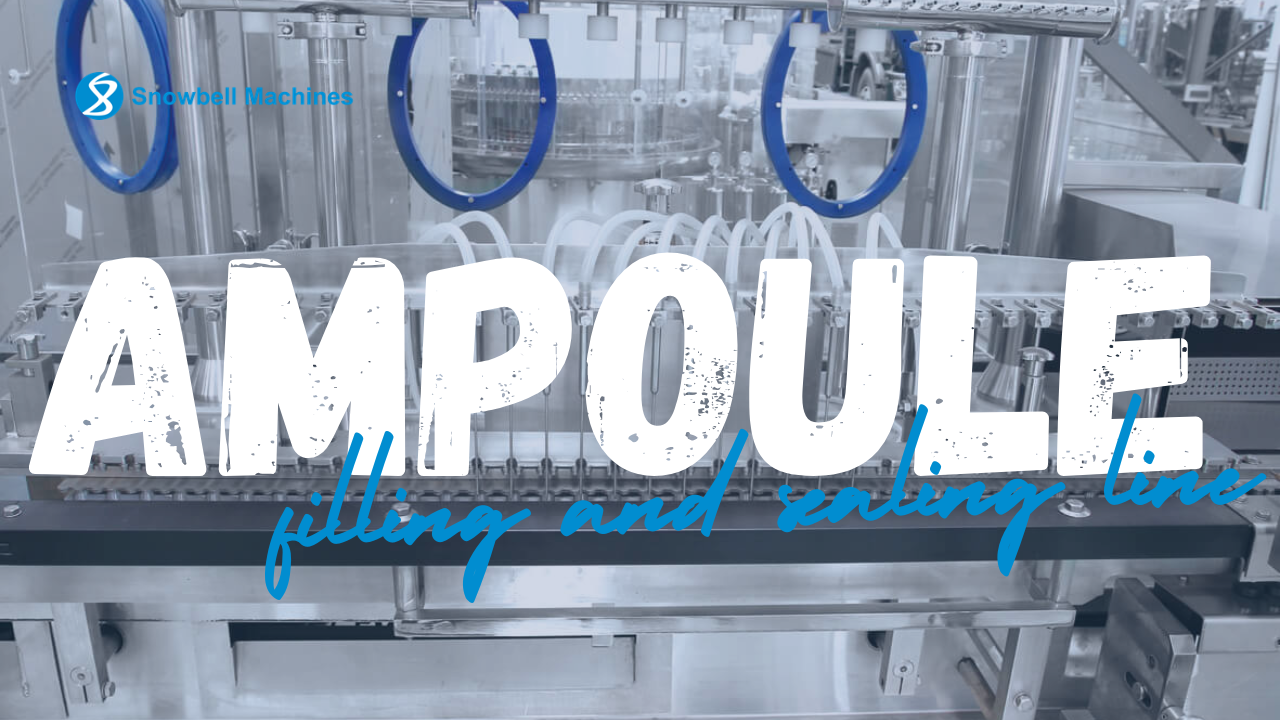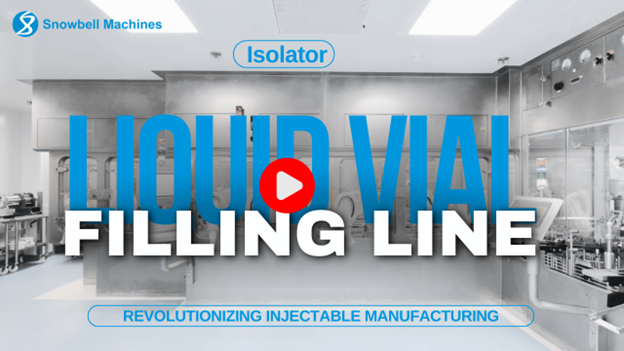In the pharmaceutical machinery industry, designing equipment that is safe, efficient, and easy to use is essential. Machines used for filling and packaging injectables must follow strict guidelines to ensure safety, accuracy, and compliance with regulatory standards.
One of the key steps in designing such machines is creating an Ergo Model. This approach enables engineers, operators, and decision-makers to assess and refine the design early in the process, ensuring optimal functionality and user experience. In this blog, we will explain what an Ergo Model is, why it is important, how it is made, and what materials are used.
Why is an Ergo Model Important?
Ergo Models play a crucial role in improving workplace safety, product usability, and human well-being. By identifying potential ergonomic risks, they help reduce workplace injuries. Additionally, well-designed ergonomic models enhance productivity by ensuring that employees can work comfortably without unnecessary physical stress. These models also assist companies in meeting international ergonomic standards, such as OSHA (Occupational Safety and Health Administration) and ISO 9241, ensuring compliance with workplace safety regulations.
What is an Ergo Model?
An Ergo Model (short for Ergonomic Model) is a life-size physical model of a machine, made using lightweight materials. It does not have working mechanical or electronic parts but is used to check the machine’s design, accessibility, operator comfort, and safety before manufacturing the final version.
The main purpose of an Ergo Model is to evaluate how well a machine fits human needs. Since operators work with these machines for long hours, it is important to ensure they can access all controls easily, perform tasks comfortably, and clean or maintain the machine without difficulty.
How it is Made
Developing an Ergo Model involves a step-by-step process to ensure that machines are user-friendly and efficient.
- Conceptual Design: The process begins with CAD (Computer-Aided Design) software, where engineers create a 3D model of the machine. This helps define the machine’s size, layout, and operator reach zones, allowing visualisation before making a physical version.
- Material Selection: Lightweight yet durable materials are chosen based on the level of detail required. These materials ensure that the model is easy to modify while accurately representing the final design.
- Model Construction: Using CNC machining, laser cutting, or manual assembly, the digital design is converted into a life-sized physical model. This allows engineers to analyse the placement of different components and optimise the machine’s design.
- Evaluation and Testing: Engineers, operators, and customers interact with the model to assess usability. Feedback from this stage helps identify areas that need improvement before manufacturing.
- Final Adjustments and Approval: Based on the testing phase, refinements are made to ensure the design is optimised for efficiency, safety, and operator comfort before production begins.
What Materials are Used
The choice of materials is crucial in building an effective Ergo Model, as each material serves a specific purpose based on the design complexity and functional requirements.
- Acrylic Sheets: Used when internal components need to be visible. Their transparency helps engineers study part interactions without dismantling the model.
- Medium-Density Fiber board (MDF) and Plywood: Provide strength and stability, making them ideal for structural components that replicate the machine’s frame. These materials are durable and can be precisely shaped.
- PVC Foam Board: Used for creating lightweight models that need frequent modifications. It is easy to cut, shape, and assemble, making it perfect for quick refinements during evaluation.
- 3D-Printed Parts: Used for intricate components such as knobs, levers, or custom fittings. These help in testing ergonomics and user interaction in a realistic manner.
How Ergo Models Help in Pharmaceutical Machines
Ergo Models are necessary for testing and improving machine design before full-scale production. At Snowbell Machines, we use these models to ensure that our equipment is easy to use, clean, and maintain.
Conclusion
Ergo Models play a crucial role in this process by allowing us to test and refine our machines before full-scale production. This helps us ensure better ergonomics, smooth operation, and compliance with industry regulations while also reducing costs and improving efficiency.
By incorporating Ergo Models, Snowbell Machines delivers high-quality injectable filling and packaging solutions that enhance productivity and safety in pharmaceutical manufacturing. Our focus on user-friendly designs ensures that our machines meet the highest industry standards, providing reliable and innovative solutions for our customers.
Relative Blogs:



